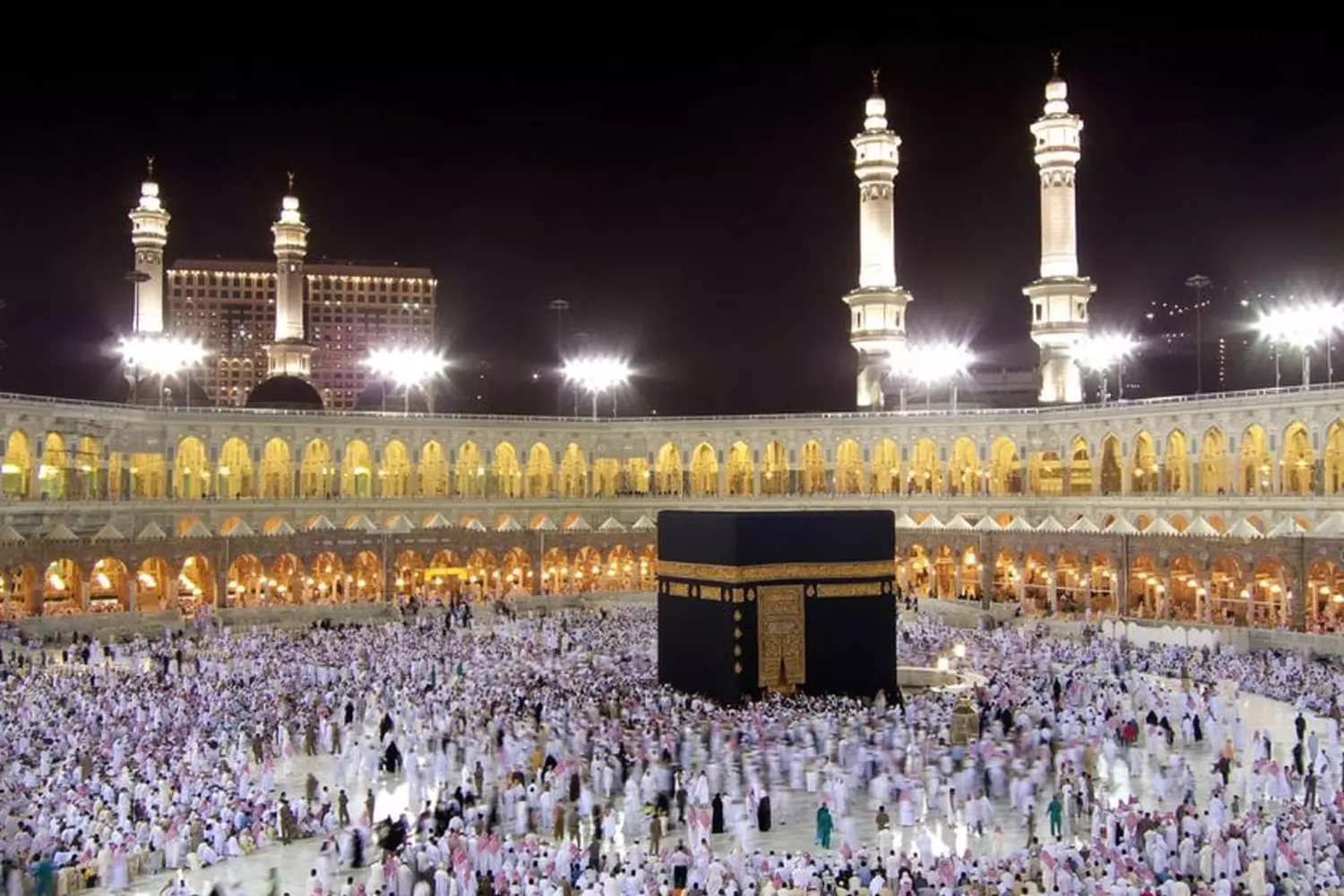What is the Nissab?
The Nissab is the minimum threshold of wealth from which Zakât al Maal is payable. If the value of the goods in your possession for 1 year exceeds the Nissâb, then you must pay 2.5% of this amount.
Zakat is an obligatory act of worship that requires Muslims, at or above a certain wealth threshold, to donate a portion of that wealth, typically 2.5%, to those who are eligible. This threshold is called Nisab (sometimes also spelled niṣāb).
Literal definition of Nissab
Niṣsab is the Arabic word for the minimum amount that the Prophet, peace be upon him, set as a fixed threshold of wealth, beyond which a Muslim must pay Zakat. Different types of assets have different specific thresholds. Literally, nissâb means “origin” because the right of the poor and worthy of Zakat on his wealth begins at this limit of his accumulation.
How high is the Nisab threshold?
The Nisab was set by the Prophet Muhammad (peace_be_upon_him) at a rate equivalent to 87.48 grams of gold; and 612.36 grams of silver (85 grams of gold and 595 grams of silver according to another opinion).
The Prophet himself, peace be upon him, established the nissab values for the five categories of Zakatable wealth; personal, commercial, agricultural, animal and discovery or prospected.
How to calculate the Nissab?
Assets that are calculated with Zakat Al-Mal are money you have (whether in bank accounts, loaned money or cash in hand), pensions, money stocks and Golden. Personal items are included such as clothing, vehicles, food, furniture, house, etc.
The Nissab was set by the Prophet Muhammad at a rate equivalent to; 87.48 grams of gold and 612.36 grams of silver.
As we no longer use silver or gold as money; one must therefore know the equivalent monetary value of the Nissab that the Prophet Muhammad set. The amount of the Nissab varies according to the price of gold and silver.
How is Niṣâb calculated on personal and professional wealth?
To convert personal or professional wealth into money for the payment of Zakat, here are two formulas. Gram measurement is simpler and more accurate:
Current gold price per gram x 85 grams = Nisab
Current gold price per ounce x 2.73295 t oz = Nisab
The different measures of gold and silver
Precious metals, such as gold and silver, are usually measured by weight in troy ounces; named after Troyes, France. The troy ounce, like the apothecary ounce, is 31.103 grams. The “regular” or common American ounce (the avoirdupois ounce) is 28.3495 grams, rounded up to 28.35 grams. That makes nisab at 85 grams of gold almost 3 US ounces (technically, 85.0485 grams).
Nisab in troy ounces is practically 2.75 (technically, 2.732). The British Imperial dry pound and ounce are the same as their American equivalents up to the quintal, 100 pounds. American system, but 112 British imperial pounds (written 100 cwt, (centum weight)).
In the Hanafi madhab, the value of money is used to determine the threshold for nissab; and eligibility for payment of Zakat. The other madhabs use the value of gold.
Why is there a gold Nisab and a silver Nisab?
There are two standards instead of one. The reason for this is that the dinar and the dirham were commonly and interchangeably used in markets during the prophetic era. The exchange rate at the time was 1:10, and so the Zakat payer ended up paying the same amount in terms of purchasing power in the prophetic era. However, there is a striking difference between the gold and silver Nissab today. Therefore, the silver Nisab is generally suggested as a benchmark for Zakat obligation.
What are the Niṣâb Values?
Here is the list that displays each type of wealth and its prophetically delineated niṣâb in value equivalence and the Zakat rate of that flow of wealth (also specified by the Prophet, peace be upon him).
- The nissab value for personal, commercial wealth is the present value of 85 grams of pure gold; (about 3 US ounces).
- The niṣâb of agricultural products is 653 kg.
- The nisṣâb for sheep (sheep and goats) is 40 head.
- The niṣâb for cattle (cattle, buffalo, bison, antelope, yaks, etc.) is 30 head.
- For camels the Nisab is 5 heads.
For a complete explanation on the niṣâb for Zakat El Mal, read our section on Zakat Al Mal.
The majority of scholars recommend using the money to ensure that more people pay Zakat; which will further benefit the needy and disadvantaged around the world. The prices change constantly and these prices s
have used as an example; you need to get and make sure you have the correct information on gold and silver prices.
Which standard should I use for the nissab, gold or silver?
It is preferable to use the silver value (which is often lower than gold), as this allows more deserving people to benefit from Zakat.
So using the value in money means that more people are likely to be eligible for zakat, which means more money benefits the poor and needy.
Do niṣsab changes when Zakat comes due?
Yes. If the wealth falls below the niṣâb threshold during the year, the counting of the period of Zakat (ḥawl) is restarted, according to three of the four most important schools of Islamic law namely Maliki, Shafi’i and Hanbali . Thus, when the wealth in the year of Zakat drops below the niṣâb, these scholars argue that the ḥawl count restarts when this type of wealth again reaches niṣâb.
In the Hanafi school, fluctuations in Zakatable wealth below the nissab at any time after one’s wealth has reached that niṣâb limit do not alter his timing. Thus, for the Hanafi Madhab, periodic drops below the niṣab threshold have no effect on the payment of Zakat on its due date.

